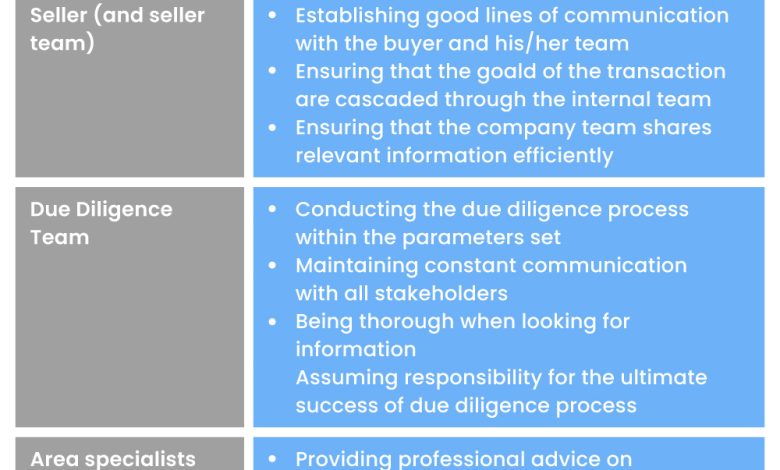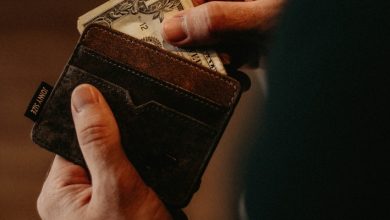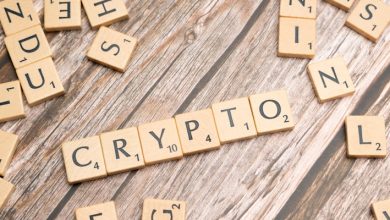How to Conduct Due Diligence on a New Exchange

- Understanding the importance of due diligence in choosing a new exchange
- Researching the reputation and history of the exchange
- Evaluating the security measures and protocols in place
- Assessing the liquidity and trading volume of the exchange
- Examining the fees and costs associated with trading on the exchange
- Seeking out reviews and feedback from other traders and investors
Understanding the importance of due diligence in choosing a new exchange
When selecting a new exchange to trade on, it is crucial to understand the significance of conducting due diligence. Due diligence involves thoroughly researching and evaluating the exchange to ensure it meets your requirements and is reputable. Failing to do so can result in potential risks such as security breaches, fraud, or poor customer service.
One of the key aspects of due diligence is verifying the exchange’s regulatory compliance. Check if the exchange is licensed and regulated by a reputable authority to ensure it operates within legal boundaries. This can help protect your funds and ensure a level of transparency and accountability.
Additionally, it is essential to assess the exchange’s security measures. Look for information on how the exchange stores and protects user funds, as well as any past security incidents. A secure exchange will have robust security protocols in place to safeguard your assets.
Furthermore, consider the exchange’s trading volume and liquidity. Higher trading volume typically indicates a more active and liquid market, which can result in better trade execution and price stability. Low liquidity can lead to slippage and difficulty in executing trades at desired prices.
Lastly, take the time to read reviews and feedback from other traders who have used the exchange. This can provide valuable insights into the exchange’s reputation, customer service, and overall user experience. By conducting thorough due diligence, you can make an informed decision when choosing a new exchange to trade on.
Researching the reputation and history of the exchange
When **researching** a new exchange, it is crucial to delve into its **reputation** and **history**. This step is essential in determining the **trustworthiness** and **reliability** of the exchange. One way to **conduct** this **due diligence** is by **reading** **reviews** and **feedback** from **other** **users**. Look for **patterns** in the **comments** to **identify** any **red flags** or **positive** **indicators**.
Another **important** aspect of **researching** the **exchange** is to **look** into its **history**. **Check** how **long** the **exchange** has been **operating** and if it has **experienced** any **security** **breaches** or **scandals** in the past. **Understanding** the **background** of the **exchange** can **help** you **make** an **informed** **decision** before **trading** on the platform.
In addition to **reading** **reviews** and **checking** the **history** of the **exchange**, it is **recommended** to **verify** the **credentials** of the **team** behind the **platform**. **Look** for **information** about the **founders** and **key** **personnel** to **ensure** they have **relevant** **experience** in the **cryptocurrency** **industry**. **Knowing** who is **running** the **exchange** can **provide** **insight** into the **integrity** and **competence** of the **team**.
By **conducting** **thorough** **research** on the **reputation** and **history** of the **exchange**, you can **mitigate** **risks** and **protect** your **investments**. **Taking** the **time** to **investigate** these **aspects** can **help** you **feel** **confident** in your **decision** to **use** a **particular** **exchange** for your **trading** **activities**.
Evaluating the security measures and protocols in place
When evaluating the security measures and protocols in place at a new exchange, it is crucial to conduct a thorough assessment to ensure the safety of your investments. One key aspect to consider is the exchange’s use of encryption technology to protect sensitive data. Look for exchanges that utilize strong encryption methods such as AES-256 to safeguard your personal information and financial transactions.
Another important factor to evaluate is the exchange’s authentication process. A secure exchange will require multiple forms of authentication, such as passwords, security questions, and two-factor authentication, to verify the identity of users. This multi-layered approach helps prevent unauthorized access to your account and adds an extra layer of security to your transactions.
Furthermore, it is essential to review the exchange’s history of security incidents and how they were handled. Look for exchanges that have a transparent track record of addressing security breaches promptly and effectively. Additionally, consider whether the exchange has insurance coverage in case of a security breach to protect your assets in the event of a cyber attack.
In addition to these measures, assess the exchange’s compliance with industry regulations and standards. Look for exchanges that adhere to best practices in security, such as regular security audits and penetration testing. Compliance with regulations such as KYC (Know Your Customer) and AML (Anti-Money Laundering) requirements can also indicate a commitment to security and transparency.
Overall, conducting due diligence on the security measures and protocols of a new exchange is essential to protect your investments and personal information. By carefully evaluating encryption technology, authentication processes, incident response history, insurance coverage, and regulatory compliance, you can make an informed decision about the safety and reliability of an exchange before entrusting them with your assets.
Assessing the liquidity and trading volume of the exchange
When conducting due diligence on a new exchange, it is crucial to assess the liquidity and trading volume of the platform. Liquidity refers to the ease with which an asset can be bought or sold without causing a significant change in its price. Higher liquidity typically indicates a more active market with tighter bid-ask spreads, making it easier for traders to enter and exit positions.
One way to evaluate liquidity is by looking at the trading volume of the exchange. Trading volume measures the total number of assets that are bought and sold on the platform within a specific period, usually 24 hours. A high trading volume suggests that there is a strong demand for the assets listed on the exchange, which can lead to better price discovery and reduced price manipulation.
Additionally, analyzing the order book depth can provide insights into the liquidity of the exchange. The order book depth shows the number of buy and sell orders at different price levels, indicating the level of interest from traders. A deep order book with a large number of orders at various price points can help prevent slippage and ensure that trades are executed at desired prices.
Examining the fees and costs associated with trading on the exchange
When considering trading on a new exchange, it is crucial to carefully examine the **fees** and costs associated with each transaction. These fees can vary significantly between exchanges and can have a significant impact on your overall **investment** returns. Some of the common fees to look out for include **trading** fees, **withdrawal** fees, **deposit** fees, and **spread** costs.
**Trading** fees are charges that are incurred every time you make a trade on the exchange. These fees can be charged as a percentage of the **transaction** value or as a flat fee per trade. It is essential to understand how these fees are calculated and how they will affect your **trading** strategy.
**Withdrawal** fees are charges that are applied when you move your **funds** off the exchange. These fees can vary depending on the **cryptocurrency** you are withdrawing and the exchange you are using. Some exchanges may also have minimum withdrawal amounts, so be sure to check these details before making any **withdrawals**.
**Deposit** fees are charges that are applied when you add **funds** to your exchange account. These fees can also vary between exchanges and can be charged as a percentage of the **deposit** amount or as a flat fee. Be sure to consider these fees when **calculating** the total cost of **trading** on a particular exchange.
**Spread** costs refer to the difference between the **buy** and sell prices of a **cryptocurrency** on the exchange. This difference represents the **profit** that the exchange makes on each trade. Be sure to consider the **spread** costs when **evaluating** the overall cost of **trading** on a particular exchange.
In conclusion, it is essential to carefully examine the fees and costs associated with **trading** on a new exchange to ensure that you are making **informed** decisions and maximizing your **investment** returns. By understanding and **calculating** these costs, you can choose the exchange that best fits your **trading** strategy and **financial** goals.
Seeking out reviews and feedback from other traders and investors
One crucial step in conducting due diligence on a new exchange is seeking out reviews and feedback from other traders and investors. This can provide valuable insights into the reputation and reliability of the exchange. By reading reviews and feedback, you can learn about the experiences of others who have used the exchange, including any issues they may have encountered.
When looking for reviews and feedback, it’s important to consider the source of the information. Trusted websites and forums dedicated to trading and investing are good places to start. You can also reach out to friends or colleagues who have experience with the exchange for their opinions.
Pay attention to both positive and negative reviews, as they can give you a more well-rounded perspective of the exchange. Look for consistency in the feedback, and be wary of reviews that seem overly biased or unreliable.



